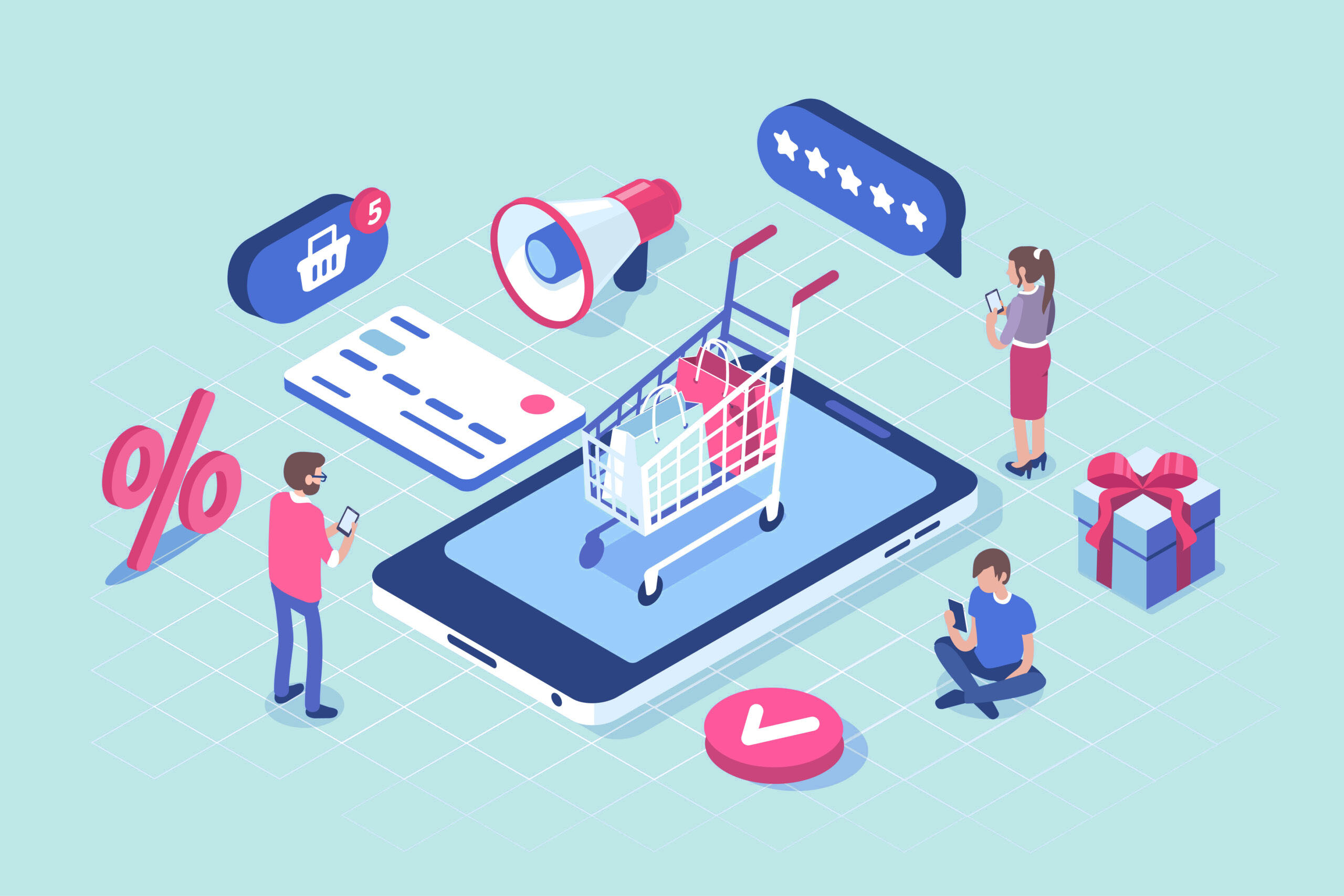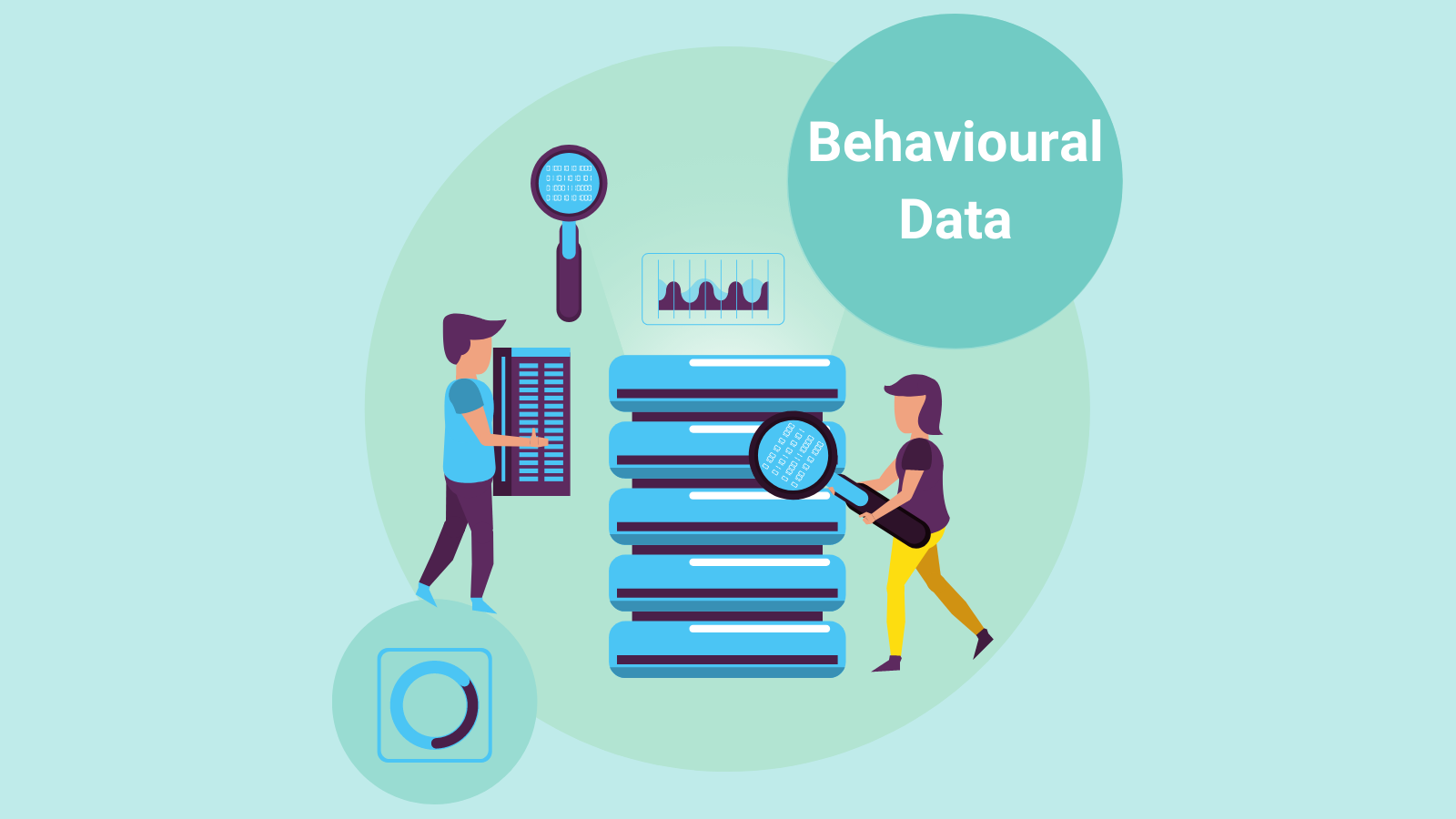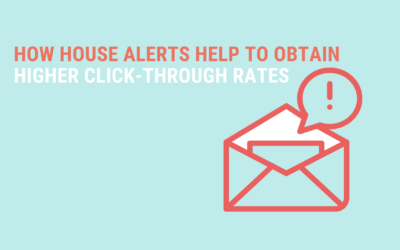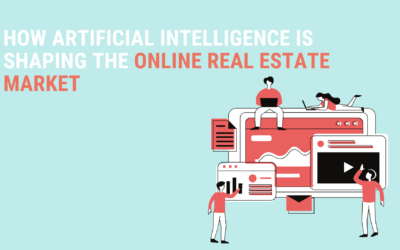What portals can learn from e-commerce personalization
3 March 2021 | 3 min read

Before we have a more in-depth look at how real estate portals and websites can use data and personalization, we can ask ourselves the following question: how can we learn from e-commerce and its personalization wave?
There is no doubt that e-commerce has made giant leaps over the last couple of years in personalization. Last year, trends within e-commerce showed that personalization is something consumers expect when searching online.
We used data from Yieldify’s comprehensive survey on 400 e-commerce leaders across the US and UK. Research on this scale provides us an accurate representation of the evolving priorities within the industry.
Below, you can find the current state-of-play regarding website personalization, the challenges it faces, and how it’s impacting online real estate businesses.
Want to get more high-quality contact requests? Get our ebook now, learn how industry leaders and e-commerce are using data & personalization to gain more relevant leads.
Figures on personalization
- Over 74% of companies surveyed already have a website personalization program in place.
- In 2020, retention(58%) had overtaken conversion (55%) and acquisition (45%) as the key goal for website personalization.
- 54% of the interviewed companies currently use data-driven segments. However, this was identified as an area of high potential growth, as 89% expected to be using it by the end of next year.
- The three most significant obstacles that stand in the way of scaling a personalization strategy are a lack of expertise (37%), limited functionality and tools (36%), and a lack of time (35%).

Winning components
Currently experiencing a surge in popularity, personalization enables today’s consumers to feel their wants and needs are heard and understood. When their wants and needs are incorporated into the shopping experience, becoming an integral part of the e-commerce experience, consumers feel validated and engaged.
For brands, personalization offers a way to contextualize and individualize the messaging, offers, and experiences they deliver using unique data retrieved from each visitor’s profile.
When surveyed, 76% of the respondents said that the most popular option for driving website personalization is real-time behavioral data. This answer beats out historical cookie data, third-party data, and individual user profiles ingested from customer data platforms (CDPs).
Behavioral data provides critical insights into what users seek most from their online experience. Armed with this understanding, companies can tailor personalization strategies to align with individual customer preferences. Product managers, CTOs, developers, and marketers, can then use this data to increase user retention and reduce customer churn.
AI has a vast range of applications, but its benefits are clear no matter the application. Whether it be live chatbots or product recommendation engines, AI is effectively converting visitors into customers, and critically, retaining them.

“54% of the interviewed companies currently use data-driven segments “
Impact of E-commerce
In the future, merely being a favorite won’t be enough. Don’t bank on loyalty! In the wake of the COVID-19 pandemic, fundamental changes have been observed in consumer behavior.
The online shopping space is changing what it means to search online. These stores often offer better and personalized shopping experiences. By engaging with these stores, consumers are starting to get used to this type of experience.
According to recent reports, Yieldify indicates that between 65% and 85% of consumers intend to keep their new digital shopping habits in the post-pandemic world. With this in mind, the pressure is on for all online businesses. They have to optimize the entire customer life cycle and make the personalization so effective and intelligent that customers keep coming back.
“ Consumers start to get used to personalized experiences and pick real estate portals that offer a better experience “
What does this mean for real estate?
It is essential to understand where the e-commerce market is and where it is heading in the future. Customers are expecting a better and better experience all the time. We want to show that e-commerce businesses are massively investing in improving user experience and personalization methods.
This is not only happening for e-commerce but also in the online real estate space. As explained previously, merely being a favorite won’t be enough in the future.
Want to get more high-quality contact requests? Get our ebook now, learn how industry leaders and e-commerce are using data & personalization to gain more relevant leads.
How House Alerts Help To Obtain Higher Click-Through Rates
Thanks to house alert systems, you can quickly inform potential buyers when new properties that match their criteria show up. Here is a step-by-step guide that will show you how you can retarget potential customers and help them find the house of their dreams.
Two Unique Dashboards That Will Help Your Real Estate Agents Close More Deals
Being successful in sales is about knowing your product inside out and knowing everything there is to know about your customer. Luckily, it’s easier to achieve these two goals today than ever before by using some unique dashboards. Read everything about it here:
How Artificial Intelligence is Shaping the Online Real Estate Market
Now in 2021, the message is clear; AI is here, and it’s here to stay. But what impact does this technology have on the real estate market? Read everything about it in this article



